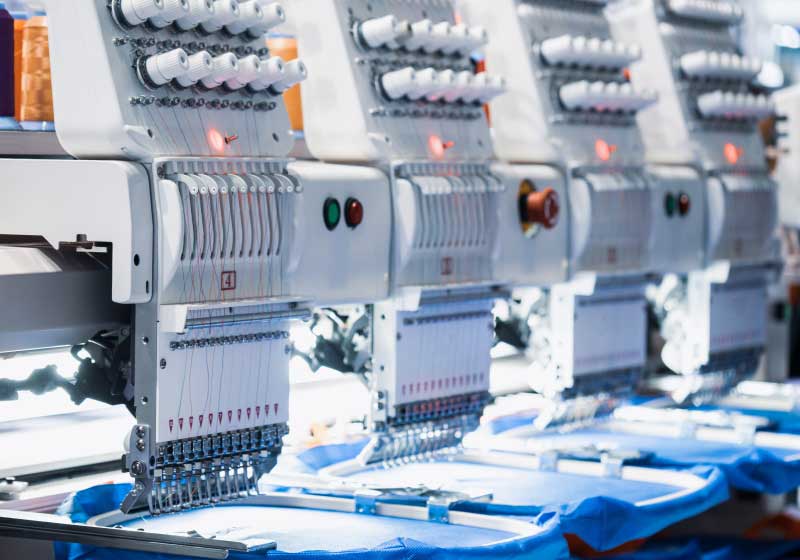
Apparel makers are urging European manufacturers of equipment ranging from embroidery machines to textile cutters to bring back production closer home.
Arthur Kitta, Head-Sales-Europe and Africa, Durkopp Adler GmBh attributes this to the desire of factories in Europe, North Africa and Middle East to expand and modernize their units. The sewing machine manufacturer from Bielefeld, Germany, is itself witnessing a surge in demand from the garment sector in and around Europe, as well as the Middle East.
The pandemic has bled garment supply chain and the situation is yet to improve. Prices of container shipping have increased with deliveries also being delayed. These factors are prompting apparel companies to set up factories closer to demand. With garment customization, the trend for nearshoring has also grown, says Rolf Köppel, Segment Manager-Textiles, Zünd Systemtechnik AG. Companies are looking for technologies to accelerate production in Europe and America besides investing in digital cutting technologies.
Technological innovations fuelling the nearshoring trend
Rise in the nearshoring is being propelled by innovations in technologies. Machine manufacturers are launching new tools to quicken production. For instance, D3 cutter machines from Zund Altstätten, Switzerland, have two heads to cut the laid-on textiles and are able to cut more textiles in the same amount of time.
Krefeld-based company ZSK Stickmaschinen GmbH is modernizing its machines. The company showcased embroidery machine at Texprocess that requires a single process to stitch thick sewing threads and thin embroidery threads. These machines will allow the company to produce garments faster in Germany, says Frank Giessmann, Sales Director-US, ZSK Embroidery Machine
Figures from the German Engineering Federation show, business for textile machinery manufacturers has been recovering since last year. New orders for German machinery manufacturers increased 66 per cent while sales surged 0.1 per cent. Exports of textiles machines from Germany grew 8 per cent to €442 million.
New orders are keeping the textile machinery sector alive after the pandemic-related slump, explains Elgar Straub, CEO, VDMA Textile Care, Fabric and Leather Technologies trade association. However, future outlook for the industry remains uncertain given the rising raw material prices, massive delivery delays and difficult transport conditions. Garment companies are also avoiding investments in new equipment. They are only upgrading their existing machines, adds Giessmann.
Still, a distant dream
The willingness to invest amongst fashion manufacturers is on the rise. But, they are yet to receive orders, adds Kitta. Textile machinery manufacturers are now betting on nearshoring to boost orders. Nearly 40 per cent of the over 70 supply chain managers of leading companies surveyed by consulting firm McKinsey at the end of 2020 revealed plans to shift to a more local supplier base. However, only 15 per cent actually did so.
Prominent amongst these is apparel company C&A, which has once again started manufacturing jeans in Mönchengladbach. Nearshoring still appears a distant dream for apparel companies though they continue to buy individual lines in Europe and new technologies in North Africa, adds Köppel.
Apparel companies face delivery delays
Orders for apparel companies had earlier dropped due to the COVID-19 outbreak. Now, these companies are facing delivery delays. The order backlog at Dürkopp Adler has increased as the company has not been able to increase capacities as quickly due to delays in deliveries, Kitta says. The average waiting time for shipments has now increased to around 12 months from the earlier three months, he rues.












